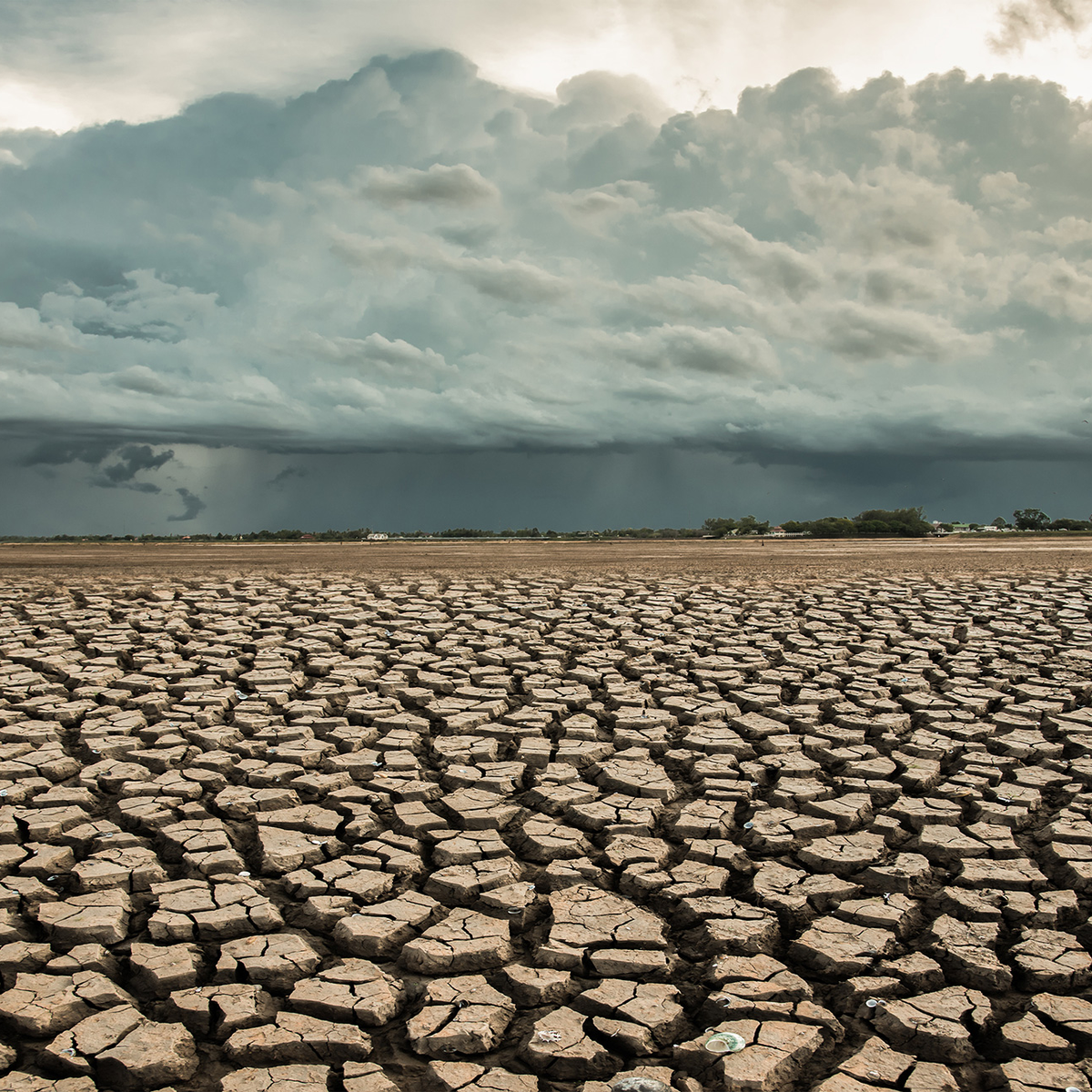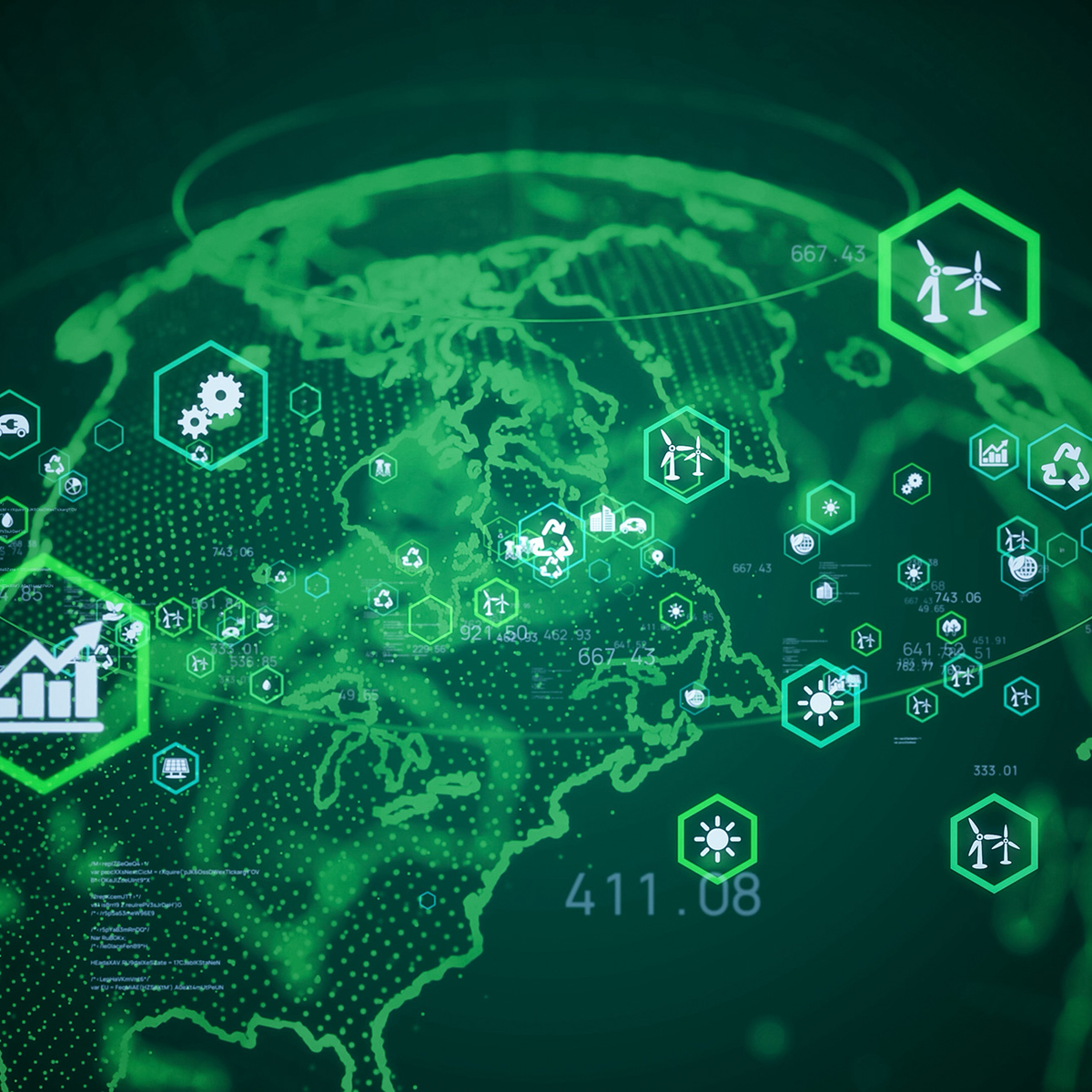The IPCC clock says “five to midnight”. The IPCC clock says “five to midnight”. The IPCC clock says “five to midnight”. The IPCC clock says “five to midnight”. The IPCC clock says “five to midnight”
The IPCC clock says “five to midnight”. The IPCC clock says “five to midnight”. The IPCC clock says “five to midnight”. The IPCC clock says “five to midnight”
01 September 2022
The IPCC clock says “five to midnight”
Forum, Sustainability
A first review of progress made towards the objectives of the Paris Agreement will be conducted in 2023. One of the most important of these goals is to limit global warming to 2 degrees Celsius. Prior to this, the IPCC’s Sixth Assessment Report makes for essential reading. The main takeaways are summarised below.
In August 2021 the Intergovernmental Panel on Climate Change (IPCC) began publication of its four-part Sixth Assessment Report (AR6), begun in 2017-2018. As previously, it addresses the most up-to-date scientific understanding of the climate system and climate change, with contributions from the IPCC’s three Working Groups. This latest report follows on from AR5, which was completed in 2013-2014.
I – Climate Change 2021: The Physical Science Basis (August 2021)
The influence of human activity on the climate system is now scientifically established, and manifested by widespread and rapid changes to the atmosphere, oceans, cryosphere and biosphere. Extreme phenomena are now occurring at a magnitude and rate which are unprecedented for hundreds if not thousands of years. Every world region is experiencing the consequences of climate change, such as ocean warming, melting ice caps and rising sea levels. Certain of these changes are irreversible over hundreds of years.
Under all emissions scenarios, global warming will continue to increase until at least 2050 and will exceed 1.5 degrees Celsius, possibly 2 degrees Celsius, during the twenty-first century. The only hope of reversing this trend is immediate, rapid and large-scale reductions in carbon dioxide and other greenhouse gas emissions within the next decades. Consequences of global warming include an increase in the frequency and intensity of extreme heat, increased precipitation and drought, melting glaciers and ice sheets, the loss of summer Arctic sea ice, amplified permafrost thawing and loss of seasonal snow cover. If carbon emissions continue to rise, ocean and land carbon sinks are projected to become less effective at slowing the accumulation of carbon in the atmosphere. Put simply, the hotter the planet, the more catastrophic the consequences.
If we are to curb global warming, the only real solution is, at the very least, to reach net-zero carbon emissions and cut emissions of other greenhouse gases such as methane. Such a reduction could have positive impacts on atmospheric composition and air quality in the near term. In the words of Jean-Pascal van Ypersele, former IPCC vice-chair, “This latest report confirms previous diagnoses: fever is certain, many organs are affected and the deterioration in the patient's health is likely to accelerate if he fails to break his carbon addiction.”
II – Climate Change 2022: Impacts, Adaptation and Vulnerability (February 2022)
Human-induced climate change has caused widespread adverse impacts and resulted in loss and damage for nature and for populations beyond their ability to adapt to constantly increasing extreme climate situations. The only chance of mitigating this loss and damage is to limit global warming to 1.5 degrees Celsius… and even then the rise in global temperature would present multiple risks to ecosystems and humans. Beyond 2040, mid- and long-term impacts are multiple times higher than currently observed; how great will depend on near-term action. In other words, the longer we take to implement measures to mitigate these risks, the less effective any such action will be.
Not only does the vulnerability of people and systems differ substantially among and within regions; the most vulnerable are disproportionately affected. Estimates are that between 3.3 and 3.6 billion people live in contexts that are highly vulnerable to climate change.
The safeguarding of biodiversity and ecosystems is of fundamental importance to climate resilience and cannot be overstated. For this reason, action must be taken to enable adaptation to current and future conditions. This means societal and political choices which are underpinned by clearly defined objectives and priorities; continued advancement of scientific understanding of climate change and solutions, and access to financial support and decision support tools. Rather than advance global climate resilience, past and current development patterns have increased the vulnerability of human and natural systems. Choices and actions in the next decade will determine the level of climate resilience. However, such action will have little chance of success without a rapid decline in greenhouse gas emissions.
III – Climate Change 2022: Mitigation of Climate Change (April 2022)
The third instalment of the report, prior to the synthesis report to be published in autumn 2022, is based on the most up-to-date science. It addresses current levels of global greenhouse gas emissions, progress made to reduce these emissions, the necessary transformations to limit global warming and the means available to reinforce such action.
The hard facts:
- Rapid and dramatic changes must be made on a global scale in order to limit global warming to 1.5 degrees Celsius (50% chance) or 2 degrees Celsius (66% chance).
- If we continue along the same path, global warming is likely to reach between 2.2 and 3.5 degrees Celsius by 2100, with consequences we can already imagine.
- Only coordinated action by all countries can enable development compatible with the Paris Agreement. All countries must scale up the Nationally Determined Contributions that were set out at the COP 26 summit in Glasgow. This means setting transition goals in all key sectors of the economy.
Recent emissions trends
- Greenhouse gas emissions have continued to increase over the past decade (2010-2019), though at a lower rate than observed during the previous decade. Reductions enabled by technological advances have not been sufficient to counterbalance the rise in emissions caused by increased activity in the different sectors of the economy (industry, energy, transport, agriculture, construction). In terms of contributions to global emissions, households with an average annual income in the top 10% for their country are responsible for 35% of greenhouse gas emissions produced by all households globally.
Necessary transformations for limiting global warming
- Climate models show that emissions must fall before 2025 in order to keep global warming below the threshold of 1.5 or even 2 degrees Celsius. This can only be achieved through deliberate and bold action to dramatically and immediately reduce emissions across all sectors. To meet the 1.5 degrees Celsius target, emissions pathways must reach net zero by 2050 then net negative. This implies substantial reductions in emissions of other greenhouse gases. The peak in global temperature will depend on the level of cumulative CO₂ emissions before reaching net zero.
The strategy for achieving these emissions reductions must include the transition from fossil fuels to low or zero carbon sources, such as renewable energies. It also means managing demand, better energy efficiency and the deployment of carbon capture and storage technology to counterbalance residual emissions. Solutions exist, whether for energy, industry, construction, transport, agriculture or forestry. Furthermore, the economic benefits of limiting global warming to 2 degrees Celsius would outweigh climate action costs. Enough of an incentive?
Reinforcement of measures
Accelerated and equitable action to limit global warming and adapt to its consequences is essential to sustainable development. Sustainable Development Goals (SDGs) can be leveraged to evaluate the impact of climate action. Strategies to reduce greenhouse gas emissions are all the more “profitable” when part of a wider context. For climate governance to be effective, it must engage civil society, political actors, businesses, youth, media, Indigenous Peoples and local communities. A wide range of regulatory and economic instruments have already been successfully deployed. Applied more widely, they could support deep emissions reductions and stimulate innovation.
Financial flows fall short of the levels needed to achieve mitigation goals across all sectors and regions, and must be increased. Accelerated financial cooperation is a critical element in achieving a just transition. It can also address inequity in access to finance and the costs of the impacts of climate change.
Conclusions
- The end of fossil fuels. The energy sector alone contributes 75% of global greenhouse gas emissions. To achieve the 1.5 degree Celsius limit without carbon capture technology – not yet ready for large-scale implementation – there must be a worldwide end to coal use. At the same time, oil and gas consumption must be reduced by 60% and 45% respectively by 2050.
- International cooperation is a vital factor if we are to meet ambitious climate objectives. International agreements – the United Nations Framework Convention on Climate Change, the Kyoto Protocol and the Paris Agreement – have scaled up ambitions but are still clearly insufficient!
The last word goes to Greenpeace
- Our climate’s future implies profound societal changes. These changes are under way. The diminishing cost of renewable energies and their increased efficiency are one of the major sources of hope to come out of the IPCC report. In a near (and urgent) future, renewable energies could replace fossil fuels in energy production, transport, construction and industry at a rate and on a scale previously thought to be unattainable. Societies must now move towards radical cultural and systemic changes that have energy frugality and social justice at their core.”


